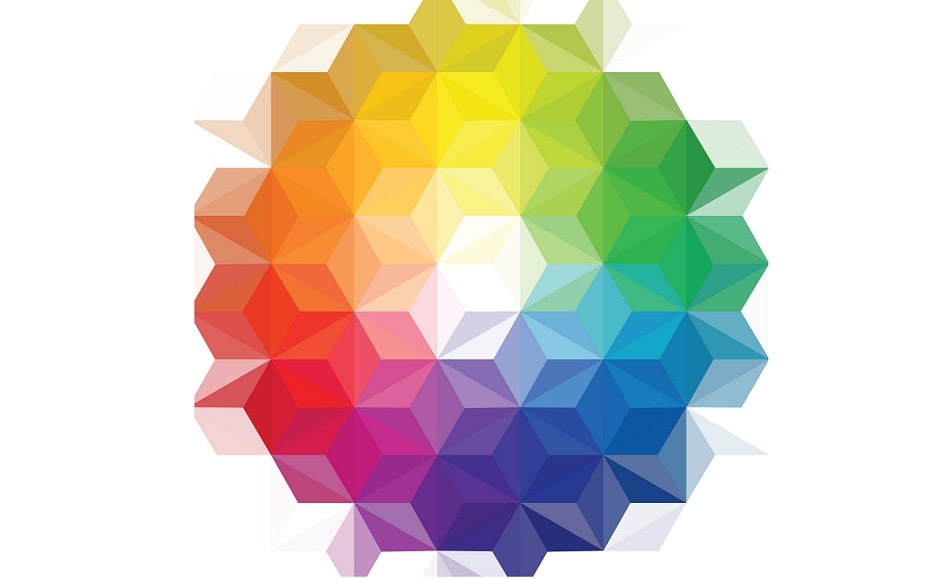
Atmosphere Psychology
I invite you to take a moment to close your eyes and picture the places in which you find yourself on a daily or weekly basis…various rooms of your home, the sidewalks/parks in your neighborhood, your favorite coffee shop, your office/work environment, your fitness center, etc…visualize the colors, the furniture, the lighting, the height of the ceilings, the temperature, the textures, the smells, the sounds…how do you feel in those spaces? Do you feel the desire to spend more or less time in one space than another? If so, why? Psychology, the science of behavior and mind, including conscious and unconscious phenomena, as well as feeling and thought, is very likely involved.
Perhaps, after that adventure through your personal world of senses, you’re starting to see how psychology can be interwoven with not only general surroundings, but also architecture and design. The temperature of a room, the textures of furniture, the presence or lack of natural light…all of these things, among others, play powerful roles in influencing our behavior, moods, and overall perception of not only a space, but also our lives.
Let’s say that it’s time to choose a coffee shop for a productive Saturday morning…Personally speaking, I know that I have my ‘go-to’ spots, the places with the right ‘vibe’ for what I need to accomplish and for where I need my mind to go for a few hours. I find that I tend to be most productive in spaces with high ceilings, a variance of seating options, and a noticeable amount of natural or soft light. Let me pick apart those preferences to reveal the psychology:
- High Ceilings: Helpful for avoiding the onset of claustrophobia of body and mind. More space above your head can subconsciously translate to more space to think, imagine, and create.
- Seating Options: Useful for giving versatility to a space, serving our needs for productivity, relaxation, socialization, etc., as our moods and spacial needs vary on a regular basis.
- Lighting: Important for supporting healthy energy for alertness and productivity or relaxation and a sense of calm. Natural light boosts Vitamin D, increases productivity, benefits vision, and improves sleep and overall mood. It’s no wonder that we find ourselves content in and seeking out spaces with natural light.
Architectural and Interior Design choices greatly affect the our experience of a structure or room. The job of an Interior Designer is not simply to ‘make a room look pretty.’ Interior Design is the art and science of understanding people’s behavior to create functional spaces within a building. Therefore, these design professionals are well-versed in understanding human experience and our life-impacting responses to interior aesthetics. Take window treatments, for example: an Interior Designer knows that the type of curtains or blinds will significantly affect light quality for the room. Every person has unique preferences, so a successful designer must take the time to get to know their client and how he/she is positively and negatively influenced by their environment. For instance, one person may desire the result of dappled natural light from slatted blinds where another may desire a strictly lamplit room after drawing heavy fabric curtains over their windows. To learn more about the expertise of an interior designer, check out this informative and, in my option, aesthetically pleasing article:
7 Elements of Interior Design
Emotional experiences of interior spaces are strongly dependent on, among several other factors, the activation of light and color. On the topic of color, I’ll start by recognizing that each person is unique is his/her history of experiences with colors, which can mean that every person has slightly varied color/mood associations. However, in general, each color tends to generate surprisingly consistent mental, emotional, and even physical responses for humans across the map. Have you ever wondered why and how those well-intentioned ‘quick trips’ to Target inevitably morph into 2-hour-long shopping extravaganzas?! I’m willing to say that Target knows very well the why and how…the answer to both being the color red (ok, and maaaybe also the abundance of really great products and hard-to-resist deals, etc.) But, back to color psychology! Many ‘warm’ colors, red especially, tend to trigger increases in arousal, heart-rate, spontaneity, appetite, and even impulsiveness. Well done, Target.
Colors have an alarming amount of impact on us, so why not use that knowledge to our advantage when selecting or designing our living spaces? Check out these links to learn more about the influential nature of colors:
“Room Color and How it Affects Your Mood”
“How Does Color Affect You?”
The spaces in which you spend the most time are the spaces that will transform the state of your mind and emotional well-being. Psychology is not just an interesting college elective, but rather a consistent part of our lives, our every moment, our every experienced space. We have power of influence over our mental and emotional health that exists in such decisions as selecting the color of paint for our kitchen or how intentionally we plan for natural light in our living room, based on the window layout. Ultimately, the awareness of our senses allows us to encourage their benefit rather than their detriment to our lives.
